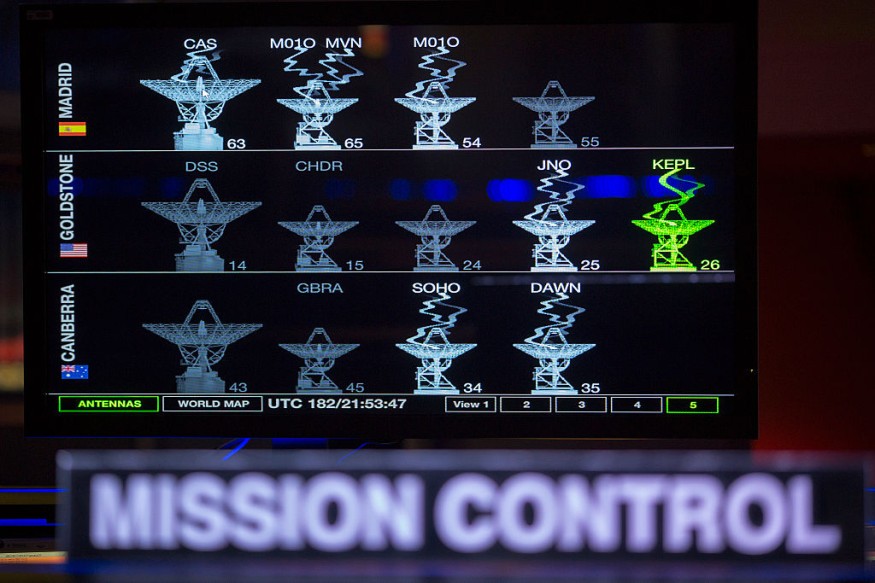
After an external analysis of their research productivity, NASA has confirmed expanding missions for a spacecraft pair --the Juno and InSight satellites.
NASA reports that an objective evaluation was produced by a panel of scientists with expertise in research and procedures. The project management concluded that both Juno and InSight produced exceptional science and that it should continue pursuing its missions.
What are Juno and InSight Missions?
Juno and his mission team made major observations regarding Jupiter's inner structure and the earth's magnetic field and magnetosphere.
The spacecraft and project team have learned that the atmospheric conditions of Jupiter were much more complicated than commonly thought by scientists. Juno's scientific mission has been extended to September 2025, or the end of the spacecraft's life.
The project will begin observations of Jupiter and extend studies, including its rings and broad moons, into the broader Jovian system. Observations and flybys of the Ganymede, Europa, and Io Jovian moons are anticipated.
The InSight mission, which will continue until December 2022, has been expanded for two years. The extremely responsive seismometer is run by the spacecraft and the team to extend the knowledge of Mars and its crust and mantle.
Marsquakes on the surface of the Red Planet are actually being looked for and defined by InSight. It also works to strengthen our theoretical awareness of the air processes, magnetic field, and internal composition of Mars. The expanded mission would concentrate on the development of seismic data of long term and high quality.
Continued weather station activity and seismic tether burial would add to the accuracy of the seismic data collected by the spacecraft. NASA also hopes that the expanded project will continue to deploy the spacecraft's Heat Probe and Physical Properties Instrument, which resides near to the surface of Mars, but at a low priority.
Are Juno and InSight the Only Missions Available?

NASA's massive commitments are leveraged through expanded missions, supporting continuing research operations at an expense much smaller than designing a new project. Extensions enable missions to continue to accumulate useful long-term databases in certain situations and allow missions to visit different goals with totally new scientific priorities.
Throughout the solar system, NASA's Planetary Science Division actually maintains more than a dozen spacecraft.
Lori Glaze, director of the planetary science division at NASA Headquarters in Washington, said the Senior Analysis has validated that these two planetary science missions are expected to continue delivering fresh findings and posing new concerns regarding our solar system.
Glaze also thanked the Senior Evaluation Panel members for their detailed consideration and thanked the task teams, who will continue to have fascinating opportunities to improve our knowledge of Jupiter and Mars's complex research.
Check out more news and information on Space on Science Times
© 2025 ScienceTimes.com All rights reserved. Do not reproduce without permission. The window to the world of Science Times.












